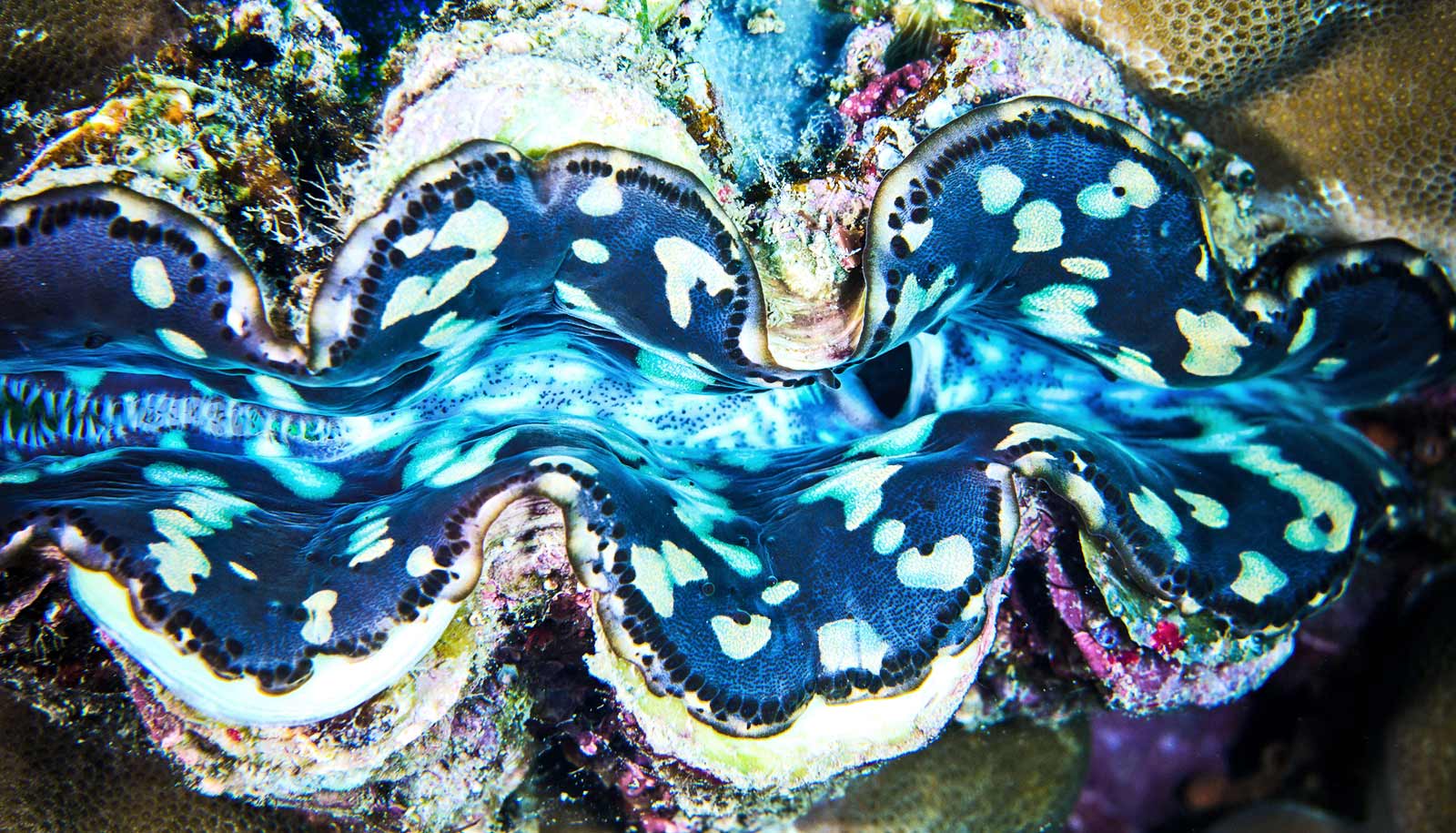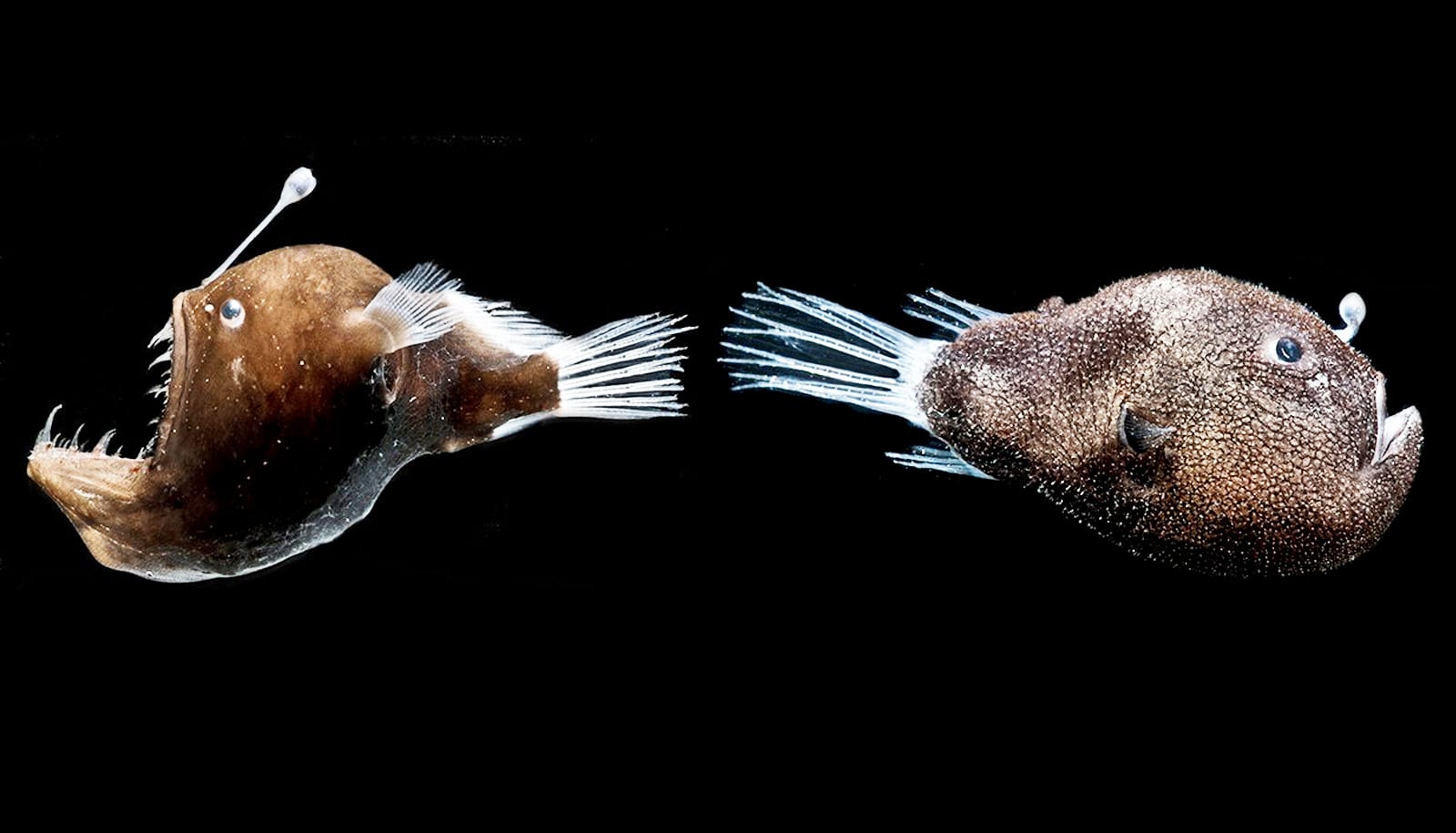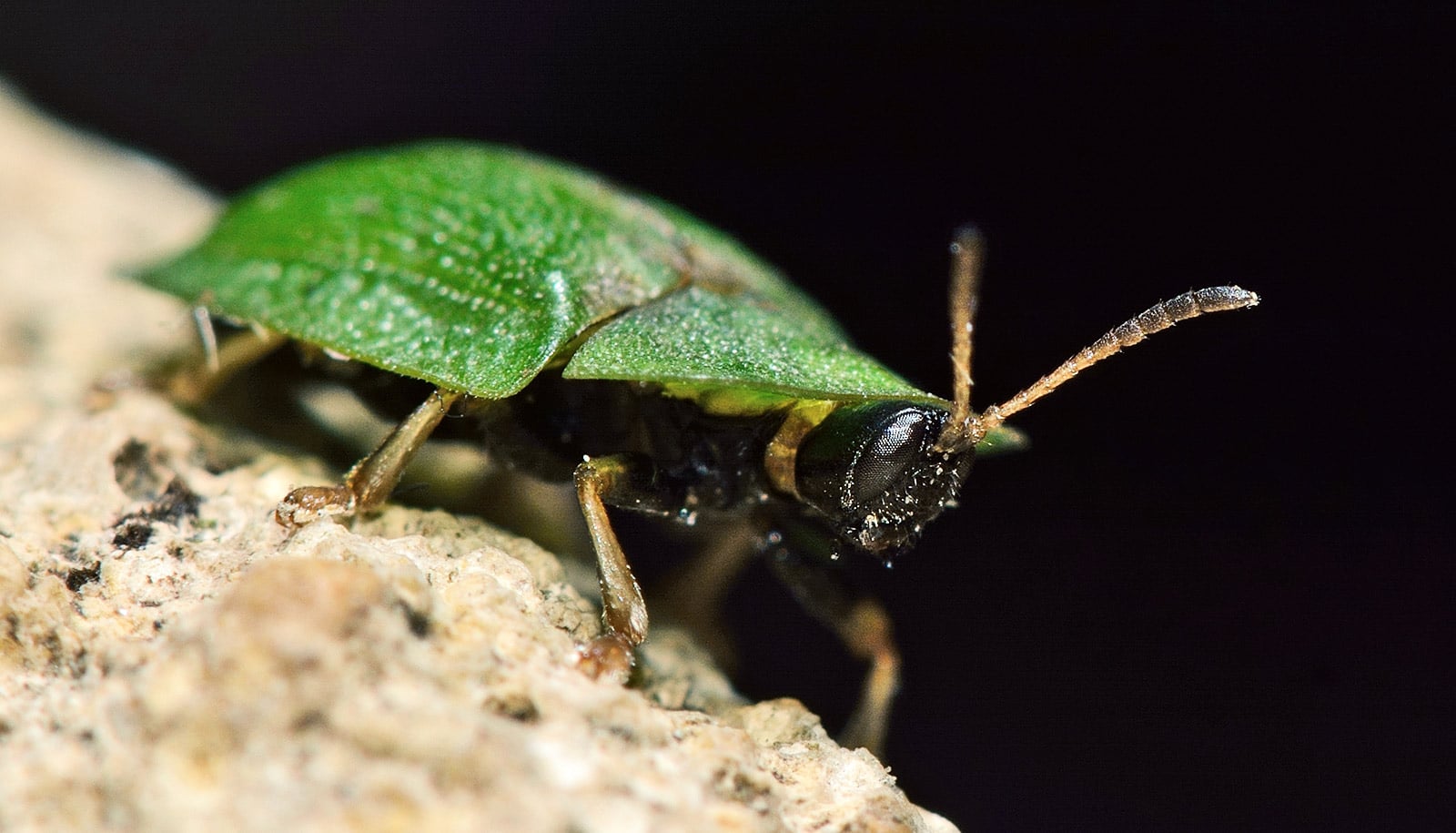Researchers have discovered that the fluted giant clam absorbs urea from its surroundings by working with a certain kind of algae and that exposure to light enhances the absorption rate.
Giant clams live in nutrient-poor reef waters of the Indo-Pacific region and rely on symbiotic zooxanthellae for nutrients. Zooxanthellae are photosynthetic algae and behave like tiny plant-like organisms that live in the tissues of many animals such as giant clams and some corals. The zooxanthellae provide nutrients to the giant clams in return for the accommodation given to them.
As the zooxanthellae are nitrogen-deficient, the host clam has to absorb exogenous nitrogen from the surrounding seawater and supply it to them for producing nutrients. In seawater, dissolved inorganic nitrogen is available in the form of ammonium and nitrate, while dissolved organic nitrogen is available as urea and amino acids.
Researchers have reported for the first time that apart from inorganic nitrogen dissolved in seawater, the fluted giant clam, Tridacna squamosa, can also obtain nitrogen by absorbing urea from its surroundings.
Light vs. dark
In their experiments, the researchers found that the fluted giant clam absorbed about 1.6 times more urea when it is exposed to light than in the dark. They also found a protein similar to DUR3 being produced in the fluted giant clam’s gill. DUR3 is a type of protein that facilitates the movement of absorbed urea within organisms. The level of this DUR3-like protein in the gill increases by about eight times over a period of 12 hours when the fluted giant clam is exposed to light.
Urea is usually an excretory nitrogenous waste in animals, and most animals possess transporters (which are usually made of proteins) to facilitate urea excretion. As animals cannot metabolize urea, it is intriguing to find aquatic animals which absorb it from their surroundings.
The research findings provide insights into supplementing giant clams with urea as organic nitrogen to facilitate their growth and development during aquaculture, which will speed up the reseeding of giant clams back to the coral reefs to compensate for their dwindling population.
Close collaboration
“Our findings show that the fluted giant clam is capable of light-enhanced urea absorption, and its gill expresses a DUR3-like protein of animal origin. This uncommon phenomenon could be a result of the selective advantage of the close and long-term symbiotic interactions between the giant clam and zooxanthellae,” says Alex Ip, a professor in the biological sciences department at the National University of Singapore,
“The degradation of the absorbed urea and the utilization of the resulting ammonia and carbon dioxide are only feasible through the collaboration between the host clam and its symbiotic zooxanthellae, as the latter possesses the enzyme urease for urea degradation. The symbiotic zooxanthellae can metabolize the absorbed urea to ammonia and carbon dioxide to support amino acid synthesis and photosynthesis, which is essential for the clam,” Ip adds.
The team is conducting further research to characterize the urea-active transporter and urease from zooxanthellae residing in the colorful outer mantle of fluted giant clams, and to examine effects of light exposure on their gene and protein expression levels.
Source: National University of Singapore


